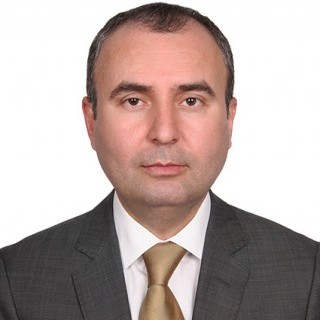Turkey: Growth moderates but still strong in 4Q
GDP softened in the fourth quarter last year but still remains strong at 7.3% YoY, and was mainly driven by private consumption and investments
| 7.4 |
GDP growthin 2017 (%) |
| Better than expected | |
Better than expected performance
Economic activity was better than expected in the fourth quarter with 7.3% year-on-year growth while market expectations as per Reuters survey were 7.0% while we expected 6.9%.
The figure shows some moderation over the previous quarter with 11.3% YoY growth reflecting base effects due to a contraction in 3Q16 for the first time since the global crisis. GDP expansion in 2017 stood at 7.4%, the highest since 2013, and significantly above of the government’s 5.5% projection according to the Medium-Term Programme (MTP) for the 2018-20 period.
In seasonal and calendar adjusted terms (SA), GDP expanded 1.8% QoQ, contradicting expectations with acceleration from 1.3% QoQ a quarter ago. TurkStat revised quarterly figures for 1Q and 3Q in 2017 to 5.4% and 11.3% from 5.3% and 11.1%.
Evolution of GDP growth (%)
Growth was mainly driven by domestic demand
Looking at the breakdown, the growth performance was driven mainly by robust domestic demand.
First, we see that private consumption again turns out to be a major driver with a 6.6% YoY rise in 4Q17, pulling the growth up by 4.1bp, while investments have contributed 1.8bp to the headline with continuing strength in machinery and equipment investments, and further, albeit declining, support from residential investment.
Both private consumption and investments have moderated given reversal of tax cuts at the end of 3Q and fading impact of credit stimulus with lending via Credit Guarantee Fund scheme closing the ceiling. Public consumption, depending on the spending pattern of the government, rose by 7.4% YoY, lifting the 4Q growth up by 1.1ppt, gradually accelerating in the last two quarters after the negative reading in 2Q.
Growth Breakdown (%, YoY)
Contribution of net exports turned to negative
Exports maintained the upwards trend with 9.3% increase due to sharp currency weakness, strong economic growth in the EU and recovery in trade with Russia while imports jumped by 22.7%, the biggest since 2010 on the back of accelerating gold imports and robust domestic demand.
Accordingly, contribution of net trade turned to negative again with -3.1ppt. Finally, inventory accumulation added 3.4ppt to the GDP growth, explaining continuing resilience in production.
Drivers of the growth (ppt contribution)
Services still the major contributor
Among the sectors, services stood out with a 2.0ppt contribution, followed by industry with 1.8ppt addition to the headline. A large number of sectors showed some softening while financial sector that was the only one with negative contribution in 3Q, turned to positive again, pulling the quarterly growth up by 0.1ppt.
Risks for 2018 growth are on the upside
Overall, the robust GDP growth rate in the fourth quarter relied entirely on domestic demand, while external demand was a drag for the first time in 2017.
For the whole year, support from the external demand was barely positive while private consumption and investments turned out to be major drivers thanks to credit and fiscal impulse as well as supportive base effects, especially in the second half.
However, for this year we expect economic activity to lose momentum with a slowdown in lending, albeit to remain solid. Given sustaining a competitive growth rate stands out as a key priority for the authorities, a slower rate may prompt delivery of some additional stimulus.
This publication has been prepared by ING solely for information purposes irrespective of a particular user's means, financial situation or investment objectives. The information does not constitute investment recommendation, and nor is it investment, legal or tax advice or an offer or solicitation to purchase or sell any financial instrument. Read more
